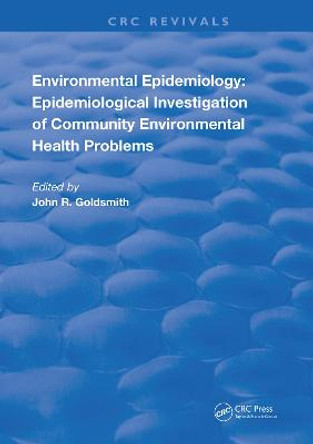Description
Reviews
From the Reviews:
"This volume is another in the Springer series, Use R!.... It differs somewhat with respect to others in the series in a t least two ways. One of course is that it focuses on environmental epidemiology but more importantly on reproducible research. The authors strongly emphasize reproducible research and all of the example analyses in the book are made available by the use of the R package cacher, written by the first author.... It is organized around case studies using two public databases, NMMAPS and MCAPS, both of which are available in R packages.... As noted 'reproducibility' is a principal theme in this volume. This idea has received considerable attention by other authors, although the use of the cacher package seems to be new." (Donald E. Myers, Technometrics, August 2009, VOL. 51, NO. 3)
"What makes this book interesting to me is not the precise final form of the regression model, the technical expertise shown in fitting the model, or even the posterior distributions of the parameters. I happen to be interested in air pollution, and a large, clean, and well-organized environmental health database makes me feel all warm inside. Add the way data are handled, stored, manipulated int his book, and the way in which the analyses are cached and can be completely retrieved by anybody who is interested. That, I think, is its most important contribution." (Jan de Leeuw, Journal of Statistical Software, 2008)
"This book bridges the theory and implementation of statistical methods for air pollution risk estimation in multisite time-series data, relying primarily on data from the National Morbidity Mortality Air Pollution Study (NMMAPS) for examples. The implementation of methods relies exclusively on the R statistical software. The authors are both recognized experts in the statistical analysis of the health effects of air pollution and Professor Peng is also well known within the Rcommunity. ...The general approach taken by the authors, to combine leading statistical theory in this area with clearly worked examples in R, fills an important gap in materials available for learning how to conduct such analyses. Students and researchers frequently obtain through books and coursework a general understanding of the theory relevant to a particular problem, but less frequently do they receive practical guidance in how to use available software to put the theory into practice. This book addresses exactly this gap in the context of additive time-series, and Bayesian hierarchical models applied to time series of air pollution and health data. ...the writing is clear... . The described software and cached analysis were easy to download and run as described in the book and it was relatively straightforward to work through the analyses exactly as described. ...the authors ...make a strong argument for how R can be used to support reproducible research ... ." (Biometrics, Summer 2009, 65, 996-997)
Book Information
ISBN 9780387781662
Author Roger D. Peng
Format Paperback
Page Count 144
Imprint Springer-Verlag New York Inc.
Publisher Springer-Verlag New York Inc.






